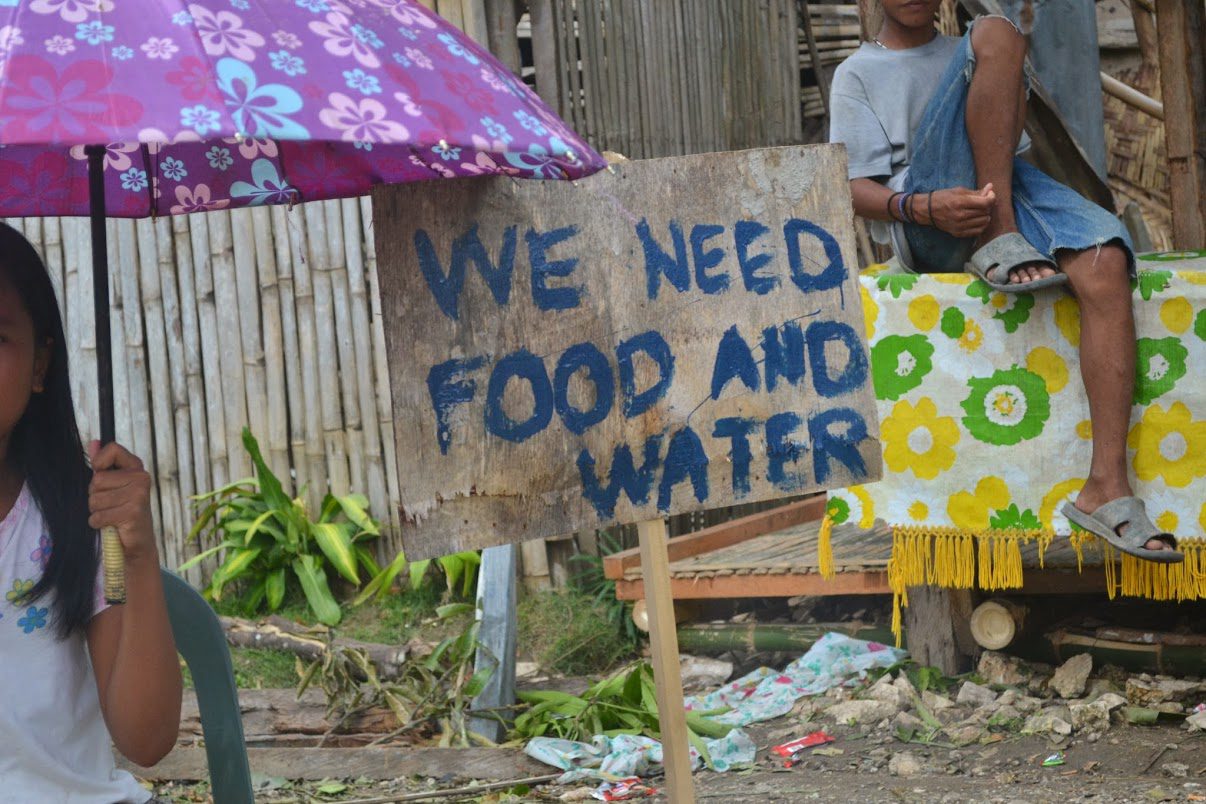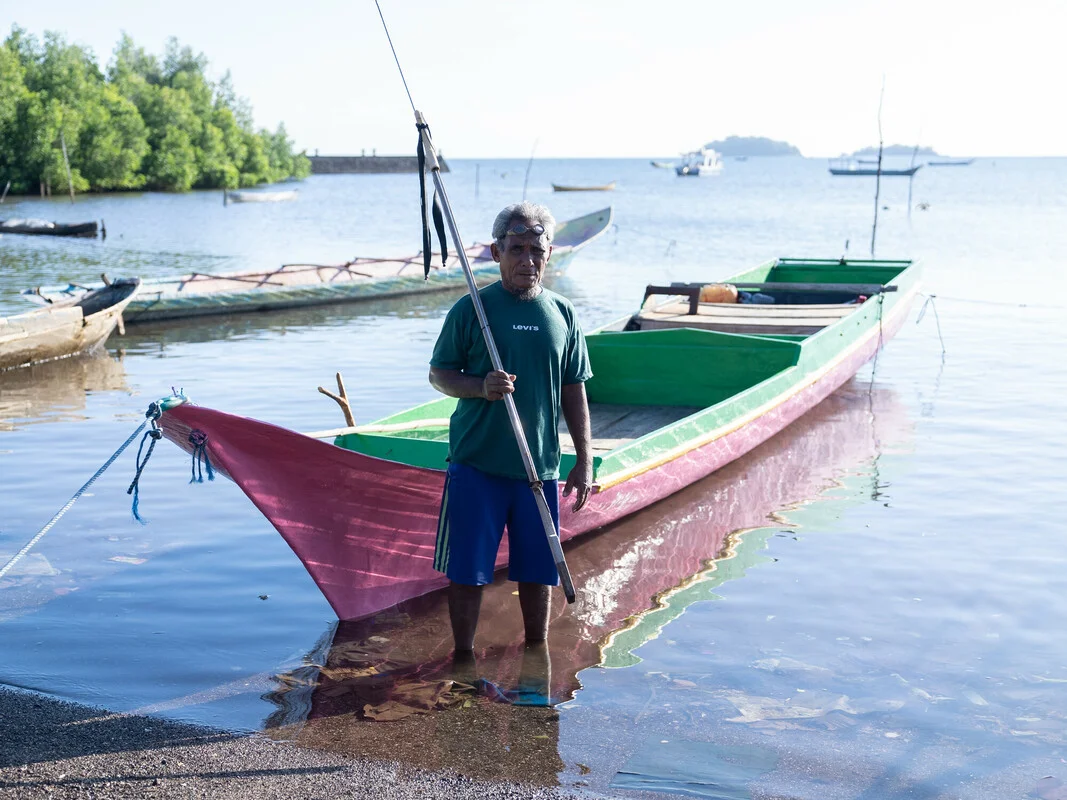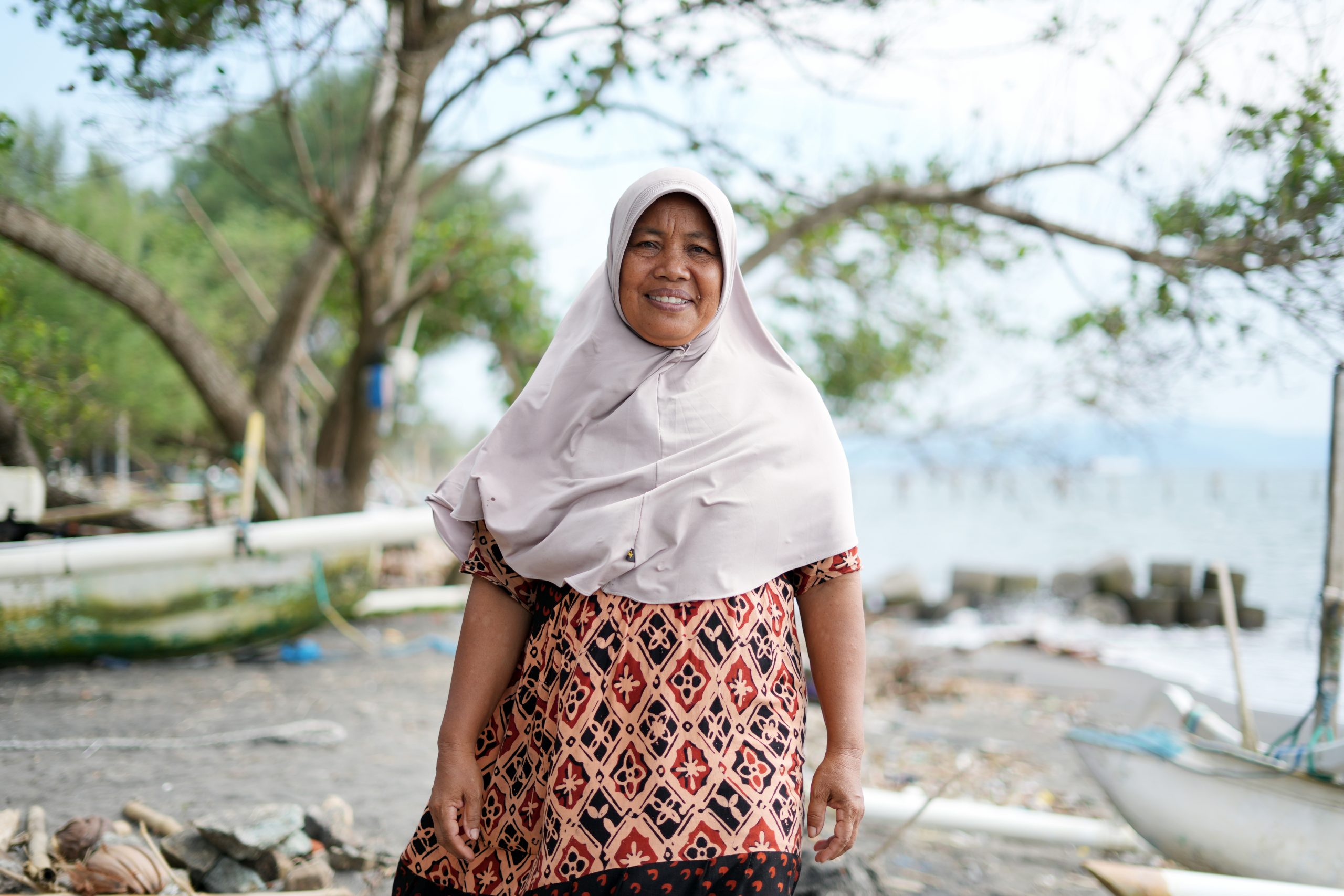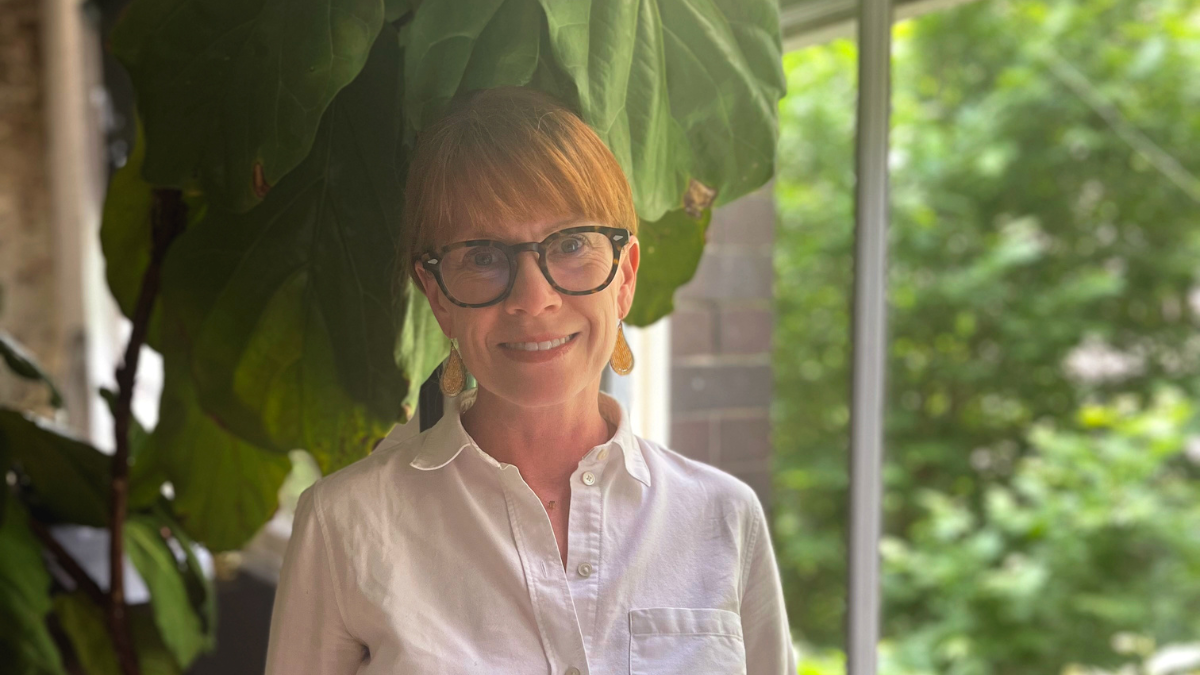So far we know that more than 11 million people have been affected by Typhoon Haiyan, one of the worst natural disasters to hit the Philippines in years, and at least 700,000 people have been displaced while thousands of people are thought to have lost their lives.
The most immediate needs on the ground are food, clean water and sanitation as well as emergency shelter.
Oxfam already has teams on the ground in three locations and our target is to reach half a million people with emergency assistance. Our priorities will be to reach the most vulnerable families with safe water and sanitation facilities to help protect people from public health risks.
Whilst the full response to this Typhoon will take some time, the initial phase lasting approximately six weeks will be critical for the affected communities.
In the first six weeks we aim to reach at least 100,000 people (20,000 families) with emergency relief. Our plan is to do the following:
- Provide water kits and hygiene kits for 100,000 people either through direct in-kind distribution or vouchers with retailers.
- Provide 1,000 communal temporary latrines.
- Provide with 100 sets of latrine cleaning kits and 100 hand-washing stations (1 per 10 latrines).
- Provide mobile water treatment units with a capacity of 4-6 cubic meters per hour in at least 5 sites, with generator sets and fuel.
- Install mass water storage units – either water bladder (10,000 litre capacity) or steel tanks (20,000 or 45,000 litre capacity).
- Treat and/or repair 50 water points (hand pump or spring box), as needed.
- Test water quality of 200 alternative drinking water sources – hand pumps, natural springs.
- Conduct hygiene promotion for safe water chain, prevention of diarrhoea, and maintenance of water facilities.
- Conduct general debris clean-up through cash for work (estimate of 6,000 people-days).
- Provide 50 communal environmental cleaning kits good for 15 workers per kit.
Some 16 tonnes of aid, worth close to USD $200,000, will soon be shipped directly to Cebu, one of the worst affected islands. In addition more than 10,000 hygiene kits are also being shipped to Cebu from the regional centre in Manilla as well as basic equipment like jerry cans.
For the communities impacted by this disaster, your support is crucial. Please donate today.
Donate today to help us reach 500,000 people in desperate need of emergency aid after the devastation of Typhoon Haiyan.




